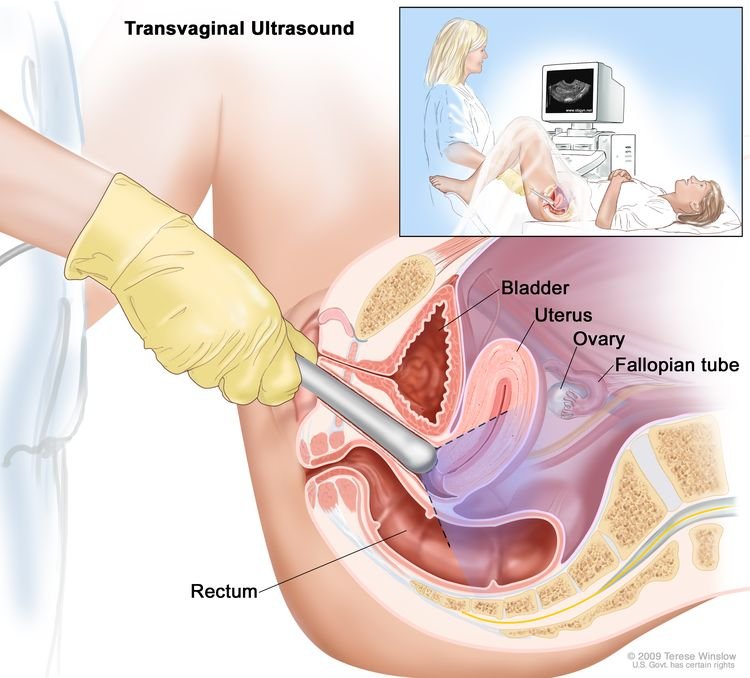Uterus Sarcoma Surgery
Uterus Sarcoma Surgery
Uterine Sarcoma
Uterine sarcoma is a rare neoplasm, accounting for 3-9% of uterine malignancies. Uterine sarcomas fall under the broad category of soft tissue sarcomas, which are extremely rare regardless of the site of origin. Uterine sarcomas arise from dividing cell populations in the myometrium or connective tissue elements within the endometrium. Compared with the more common endometrial carcinomas (epithelial neoplasms), uterine sarcomas, particularly leiomyosarcomas (connective tissue neoplasms), behave aggressively and are associated with a poorer prognosis. The pathogenesis of uterine sarcoma remains largely unknown, although recent basic science and pre-clinical animal models have provided a better understanding of tumor biology.
Although the prevalence of these tumors is very low, they still generate a stir of interest because of their poor prognosis and high mortality rates due to the aggressiveness of the disease.
Classification
The World Health Organization and College of American Pathologists have published classification systems for uterine sarcomas. Uterine Sarcomas can be broadly classified into:
- Smooth muscle tumors
- Leiomyomas
- Smooth Muscle Tumors Of Uncertain Malignant Potential (STUMP)
- Leiomyosarcomas
- Endometrial Stromal Tumors
- Endometrial Stromal Nodule (ESN)
- Endometrial Stromal Sarcoma (ESS)
- Undifferentiated Uterine Sarcoma (UUS)
Radiation Exposure
Radiation exposure is correlated to an increased incidence of carcinosarcoma and undifferentiated sarcoma. Leiomyosarcoma and STUMPs have not been seen to have an increased incidence after radiation exposure.
Tamoxifen Use
Tamoxifen use for breast cancer has been associated with an increased risk of uterine cancers, more so with increased duration of use. Carcinosarcomas are the most common subtype to develop after tamoxifen use.
Hormonal Use
Recently, Finnish Cancer Registry revealed an increased association between estradiol-progestin use and increased risk of uterine sarcomas (for leiomyosarcoma standardized incidence ratio, 1.6 and for ESS 1.4).
Hereditary Predisposition
A hereditary predisposition of uterine sarcomas appears to be associated with certain syndromes like Hereditary nonpolyposis colorectal cancer (HNPCC), hereditary retinoblastoma, neurofibromatosis, and Li Fraumeni syndrome.
Body Mass Index (BMI)
A higher BMI has been shown to have a positive correlation with endometrial stromal sarcoma.
Diabetes
A positive correlation has been seen with a diabetes history for leiomyosarcoma and endometrial stromal sarcoma.
Smoking
There is a lot of heterogeneity in analyzed data. Felix et al. noted a reduced risk of leiomyosarcoma among cigarette smokers than never smokers.
Diagnosis
Clinically, they present with either abnormal uterine bleeding or pressure symptoms like lower abdominal pain and urinary frequency, or mass in lower abdomen. The diagnosis is difficult to make in clinical practice in premenopausal women to differentiate from fibroids. It can be typically suspected in women with presumed leiomyomas who have bleeding and pain out of proportion to the size of the uterus.
Pelvic ultrasound is usually the first investigation done in suspected uterine pathology, which can show mixed echogenic and non-echogenic areas and central necrosis but they can be present in benign fibroids as well. MRI can be helpful in making a diagnosis, the findings are only suggestive of leiomyosarcoma like absence of calcifications, ill-defined margins, intra-lesional hemorrhage.
Surgical Management
In early stages, with the disease being confined to the uterus, a total hysterectomy is recommended. In peri-menopausal and post-menopausal women, bilateral salpingo-oophorectomy is recommended, however, it’s not known if it improves survival in premenopausal women.
Morcellator use is not recommended anymore in benign conditions of the uterus, especially after a safety alert ascertained by the US Food and Drug Administration (FDA) as there can be an unexpected cancer whose prognosis will be worsened by its use.
If a postoperative diagnosis of leiomyosarcoma is made in women who underwent surgery, a resurgery will be indicated if:
- BSO is to be done
- Myomectomy or subtotal hysterectomy has been done
- Morcellation was done, to remove any residual peritoneal disease
Lymphadenectomy can usually be omitted due to the low incidence of involvement, but is to be done in the case of enlarged nodes, preoperatively on imaging, intraoperatively palpable or if there is any extrauterine lesion. However, women who can’t be optimally cytoreduced surgically, doing surgery can be detrimental as it will be associated with a delay in the systemic management.

